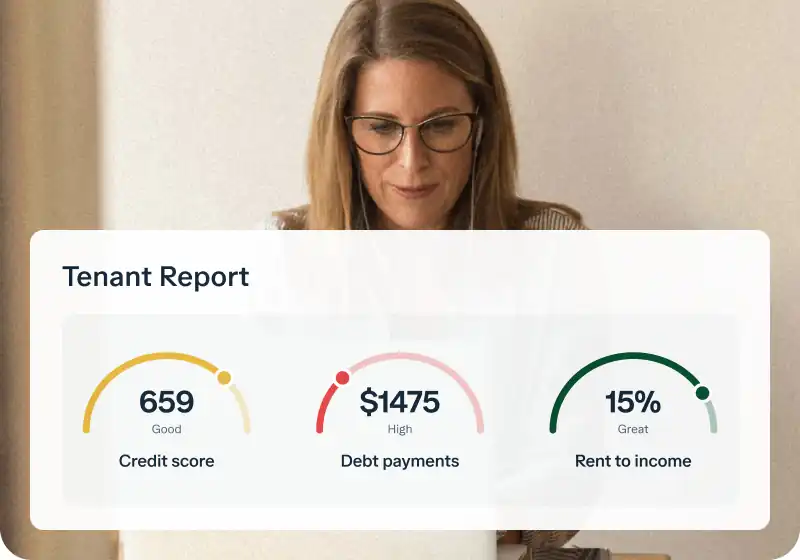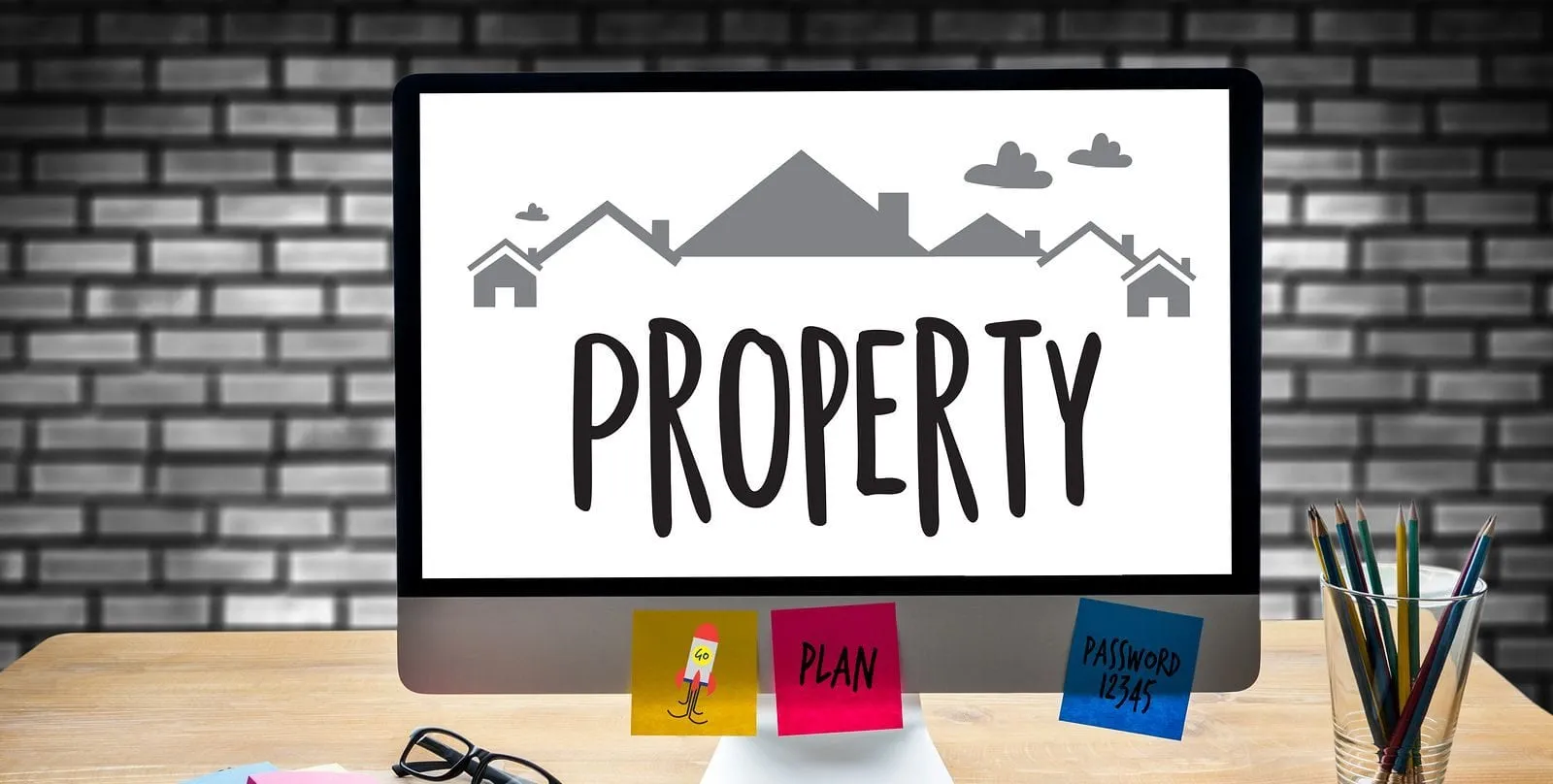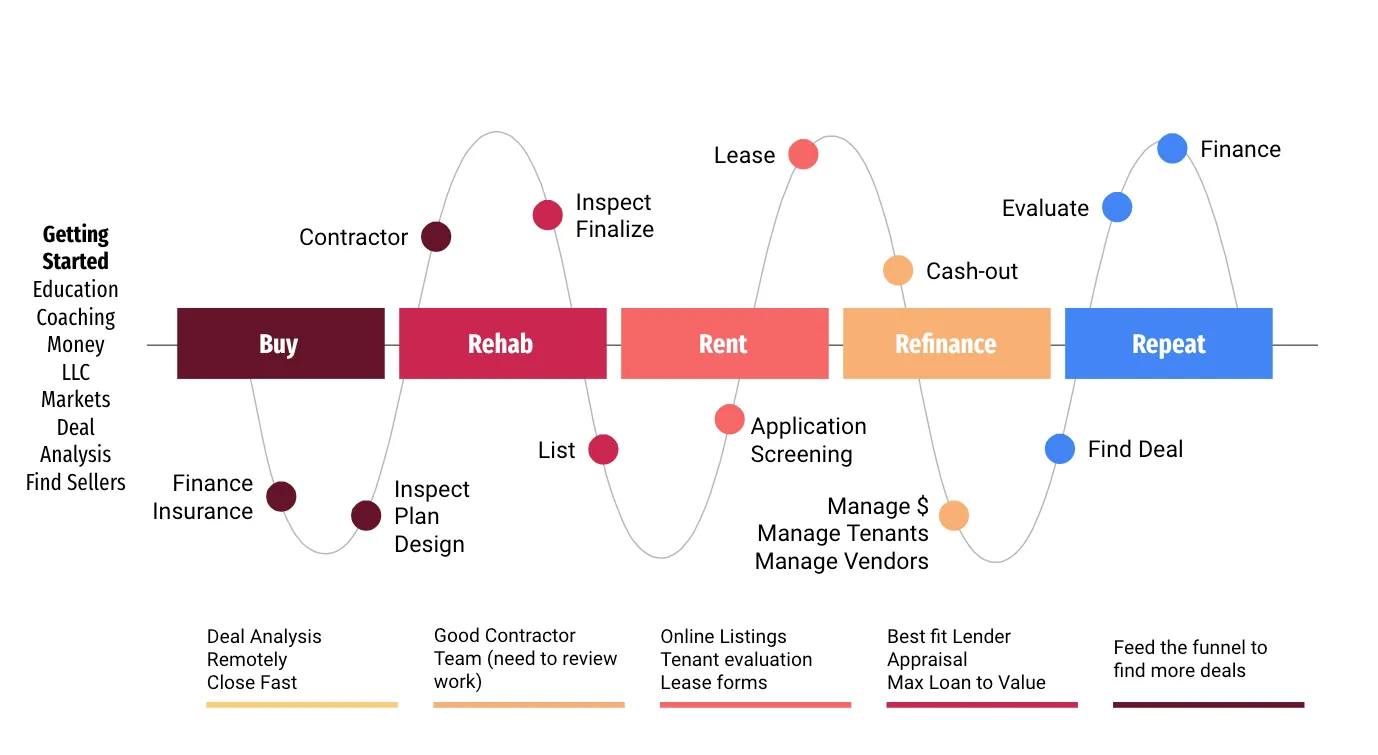We know that choosing the right market is the most critical first step toward building a thriving real estate portfolio. If you've been drowning in conflicting reports about rental yield, cap rates, and population migration, you're not alone.
We cut through the noise by using a clear methodology that focuses on a balanced view of cash flow, appreciation, and investment stability—the three pillars of success for independent US landlords and investors.
Key takeaways
- Prioritize landlord-friendly states to minimize operational and legal risks, focusing on areas with streamlined eviction processes and no state-wide rent control.
- Look for markets where the median home price is at or below the national average to ensure affordability and lower capital risk, which forms the foundation for immediate cash flow.
- High-potential states like Ohio and Kentucky offer low barriers to entry and strong cash flow due to low median home prices, while Tennessee and Florida offer tax benefits (no state income tax) for maximizing net rental income.
- Always forecast potential Capital Expenditure (CapEx) risk when considering older properties, and prioritize low property taxes and predictable insurance costs to protect your cash flow from unexpected expenses.
Core factors to research before investing in a state
Investing in real estate starts with picking the correct location. It's the most crucial decision you'll make. We've distilled the wisdom from top experts to give you a clear, friendly roadmap of the essential factors you need to research when deciding where to put your money. Think of these as your personal checklists to ensure you find a stable, profitable market.
Financial health and entry point analysis
You need to know how far your money will actually go in a market and whether the basic math works for cash flow.
- Affordability and median price: Compare a market's typical home price to the national average (around $410,800 to $427,800 as of mid-2025).
Henry Washington, an experienced investor, recommends looking for places where the price is at or below the national average to ensure you can actually get your foot in the door. This reduces your capital risk.
- Rental strength and the Rent-to-Price ratio: This is the key to cash flow. Look for markets where the median rent is strong—ideally at or above the national average. If you can buy a house for less than average but rent it for more, you've found a good mathematical foundation for immediate cash flow.
- Deal availability: Use the Multiple Listing Service (MLS) to find and get information on properties for sale. If you find good deals on MLS, check if properties are readily available on the market. Finding deals on the MLS saves you a lot of effort and helps you get into the game much faster, especially as a new investor.
Market stability and future growth potential
You don't just want a market that's good today; you want one that's trending up for the next decade.
- Population growth: Look for locations with steady year-over-year population growth over the last five years. Make sure the people are moving in the city, not away from it. Higher population growth signals higher demand, thus keeping rent high and vacancies low.
- Job market health and diversity: You need tenants who can pay the rent reliably. Study the unemployment rate and the types of jobs available.
- Focus on stable sectors: Look for growth in recession-resistant industries like healthcare, education, and government.
- Beware of automation risk: Be wary of economies built on jobs that are quickly shifting overseas or being replaced by AI, such as automobile workers.
- Quality of life (The Gut Check): Dave Meyer, head of real estate investing at BiggerPockets, stresses that this factor, though intangible, is crucial. People and businesses move to places where they genuinely like to live. You should only invest in areas where you feel comfortable and understand why people want to be there.
Operational risk and regulatory environment
Your profits are determined not just by rent, but by what you get to keep after expenses and operational headaches.
- Landlord-friendly laws: This is a non-negotiable for Ashley Kehr and Henry Washington, especially for buy-and-hold investors. You must research whether the state has quick, streamlined eviction processes, no state-wide rent control, and flexible rules regarding security deposits and late fees. Avoiding a tenant-friendly state reduces major legal risk.
- Property taxes and insurance costs: These operating expenses can destroy your cash flow. You need to investigate the average property tax rate in the state (Henry looks for ≈1% nationally). Even more critical is the cost of insurance, especially in coastal or disaster-prone states like the Gulf Coast. As Ashley Kehr wisely pointed out, high and unpredictable insurance premiums are a major deterrent to low-risk investing.
- Capital expenditure (CapEx) risk: Be cautious about older housing stock, especially common in many affordable Midwestern cities (like Columbus, OH). Older homes come with hidden maintenance risks like old plumbing or boilers. When analyzing a property, Ashley Kehr, real estate investor and Host of the BiggerPocketsRookie podcast, advises you to ask your inspector to help forecast when major systems (like the roof or furnace) will need to be replaced in the next one, five, and ten years. This way, you can budget for CapEx.
Top 10 states to invest in as a real estate investor
We’ve shortlisted the best states that balance affordability for cash flow with significant drivers for long-term appreciation, often found in overlooked mid-sized metros.
Alabama
Alabama is the definition of a low-cost, high-yield market that minimizes operational risk for investors. Its economic identity is shifting beyond its traditional base, attracting a high-caliber workforce to key Northern hubs, a dynamic Henry Washington highlighted by calling its markets "unsexy sleepers."
Key data points
Why invest in Alabama
Alabama is one of the most landlord-friendly states in the entire country. Landlords benefit from the second-lowest property tax rate in the U.S. (average ≈0.42%). This translates directly into higher cash flow. Investing in markets like Huntsville or Tuscaloosa (a major university town) allows you to target high-income, stable tenants working for anchors like NASA or Mercedes-Benz
North Carolina
North Carolina is consistently ranked as a top choice for its near-perfect balance of strong job growth, high quality of life, and overall affordability relative to its economic powerhouses.
Key data points
Why invest in North Carolina
This state is a powerhouse for appreciation and stable rental yields. Markets like Raleigh/Durham (the Research Triangle) and Charlotte are magnets for highly educated workers. Henry Washington highlighted the potential in areas like Greensboro, which is receiving multi-billion-dollar investments, such as the Jet Zero Aerospace project, signaling huge upside potential. The state is also highly favorable for landlords, with fast eviction processes and no rent control.
Texas
Texas is an enormous economy that consistently delivers high population growth and offers significant tax advantages, cementing its place as a perennial favorite for investors
Key data points
Why invest in Texas
The biggest draw here is the no state income tax policy, which allows landlords to maximize the profit kept from rental income. Despite property taxes being slightly high, the robust job market and streamlined eviction process make it highly landlord-friendly. You should look for deals in metros like San Antonio, Dallas, and the fast-growing satellite cities surrounding them, like those near McKinney, to capture appreciation in the "path of progress".
Ohio
Ohio is a quintessential Midwestern market where affordability meets corporate renaissance. It's a goldmine for investors whose primary goal is high, immediate cash flow with a low initial investment.
Key data points
Why invest in Ohio
Invest in Ohio if cash flow is your number one priority. Cities like Cincinnati and Columbus offer exceptionally low median home prices combined with strong rental income, creating a strong rent-to-price ratio. The state is very landlord-friendly, banning rent control and allowing a quick, three-day notice before eviction filing for non-payment, which helps protect your income stream.
Georgia
Georgia, anchored by the massive economic power of Atlanta, is a consistently high-performing state that offers strong rental demand and a favorable legal structure for property owners
Key data points
Why invest in Georgia
Georgia’s strength lies in its robust, diversified economy and its highly efficient, landlord-friendly legal system. There are no rent control laws, and the eviction process is efficient, allowing landlords to quickly resolve non-compliance issues. A relatively low property tax rate helps keep operating expenses manageable, making it an excellent base for building long-term wealth.
Florida
Florida attracts millions with its tax benefits and lifestyle, generating a huge, consistent demand for rental housing across both traditional and short-term markets.
Key data points
Why invest in Florida
Florida offers a major boost to your net income due to no state income tax. Its legal environment is highly landlord-friendly, with swift eviction timelines and no rent control. While coastal areas carry higher insurance risk, inland cities and strong metros like Jacksonville and Orlando offer high demand for both long-term and short-term rentals.
South Carolina
South Carolina offers a low-cost, appealing lifestyle destination that is experiencing high population growth, making it a compelling Southern market for appreciation.
Key data points
Why invest in South Carolina
Invest here for a balanced growth strategy. Major cities like Columbia and Greenville are seeing significant investment and appreciation. The state is highly landlord-friendly, and its low average property tax rate helps keep expenses down. When investing, favor inland areas to minimize exposure to the high insurance costs associated with coastal, hurricane-prone properties.
Indiana
Indiana provides a classic, low-barrier entry to the Midwest market, offering solid long-term stability and growth powered by low property taxes and major manufacturing anchors.
Key data points
Why invest in Indiana
Indiana is an excellent state if affordability and a low barrier to entry are your goals. It is highly landlord-friendly with low property tax rates and fast eviction timelines. Cities like Indianapolis are seeing significant investment in infrastructure and job creation, which signals sustainable long-term value appreciation.
Tennessee
Tennessee is an investor favorite for its attractive tax climate and booming cultural centers, which drive consistent rental demand.
Key data points
Why invest in Tennessee
The major financial advantage here is no state income tax, which allows you to keep more of your rental income. Metros like Nashville and Memphis are known for high tenant demand and solid appreciation potential, making it ideal for investors seeking strong cash flow coupled with long-term equity growth.
Kentucky
Kentucky is a highly affordable state that often gets overlooked, providing investors with exceptionally low median home prices and a landlord-friendly legal environment.
Key data points
Why invest in Kentucky
Invest in Kentucky for its low barrier to entry and strong focus on cash flow. The state is highly landlord-friendly, with short eviction notice periods and low property taxes. Louisville, a major city, contributes 40% of the state’s GDP, ensuring that state investment continues to flow into this economic anchor, which bodes well for long-term stability and growth.
Invest in your next property with confidence
The foundation of a profitable real estate business starts and ends with the market you choose. We know that feeling of wading through endless data, but by focusing on the core principles—market affordability, strong job growth, and landlord-friendly regulations—you can cut through the noise and make an informed decision.
Choosing a growth-ready market like North Carolina or Alabama isn't just about maximizing rent today; it's about building long-term generational wealth and achieving financial freedom. Once you secure that perfect property, let us handle the tedious financial busywork. Baselane is purpose-built for real estate investors to manage their banking, bookkeeping, and rent collection, giving you back the time and clarity you need to keep growing your portfolio. Get started with Baselane today!
FAQs
What are the most expensive states to live in?
In terms of house prices, the five most expensive states are as follows: Hawaii, California, Massachusetts, Virginia, and Washington. While all of these states come with high-quality schools, healthcare facilities, and recreational opportunities, they do come at a high cost. Each of these states has average home prices of close to or over $500,000. It’s worth noting, though, that Hawaii does offer some of the country’s lowest property taxes which may make it an enticing option for some people.
Which state has the lowest cost of living?
The states that offer the lowest cost of living in terms of house prices are all in the south and the midwest. They are, from least expensive onward: Mississippi, Arkansas, Ohio, Alabama, and Kentucky. While house and rent prices are lower in these locations, it’s worth noting that average household income tends to be lower as well. This is in addition to the fact that these states, on average, have lower economic growth rates and employment rates.
Which state has the lowest crime rate?
Maine, New Hampshire, Connecticut, New Jersey, and Vermont have the lowest crime rates in the country. While the average crime rate for the United States is 379.40 violent crimes for 100,000 people, the crime rates for these states are 115.20, 152.50, 183.60, 202.20, and 206.90, respectively. Given low crime rate can be an indicator of an area’s desirability, it’s an important factor for real estate developers to take into consideration.













%20(1).jpg)


